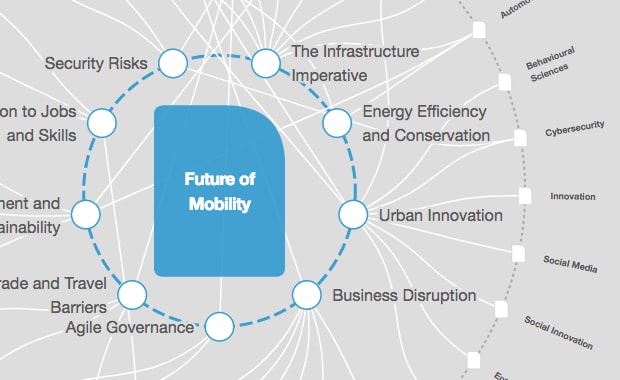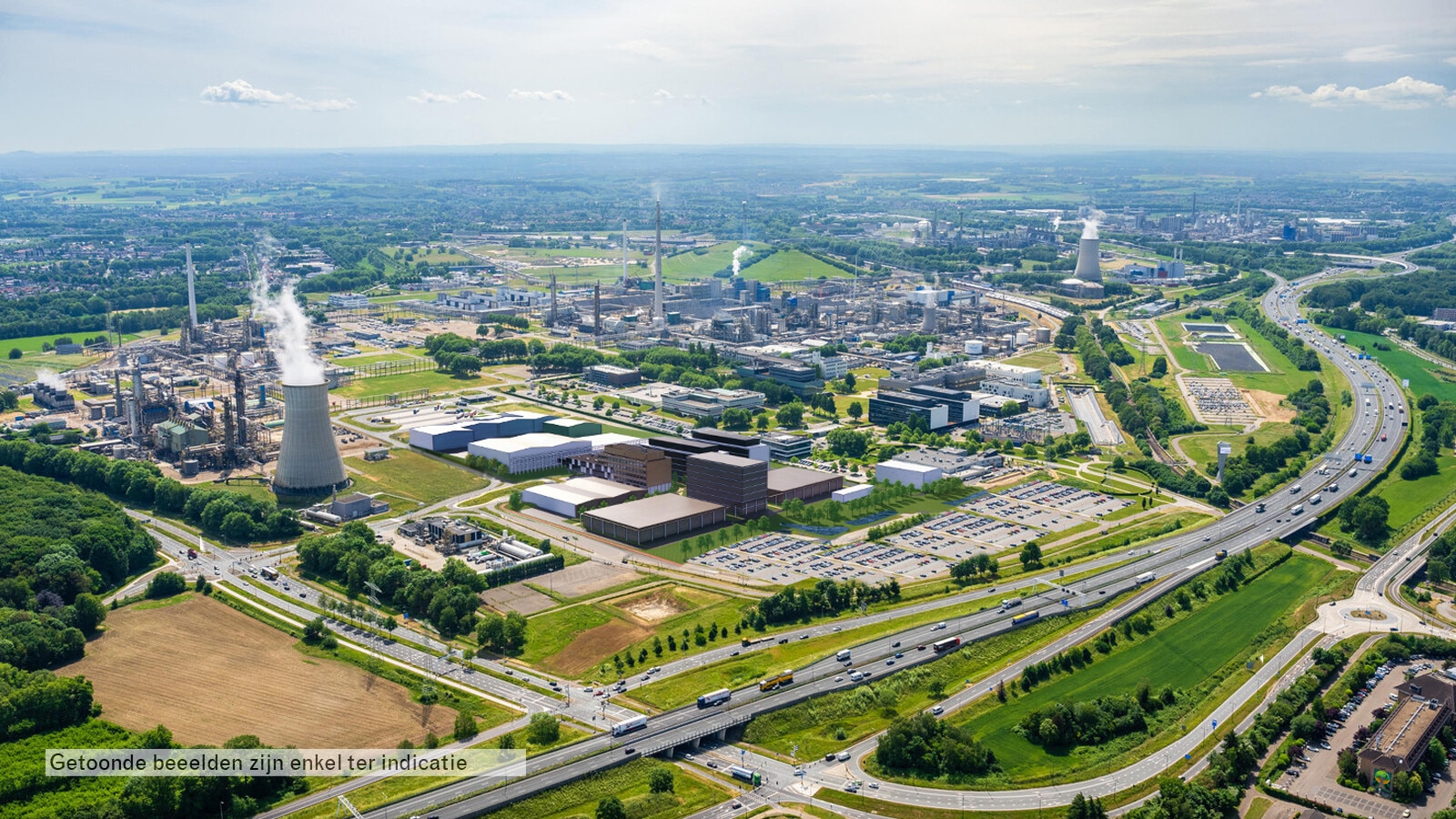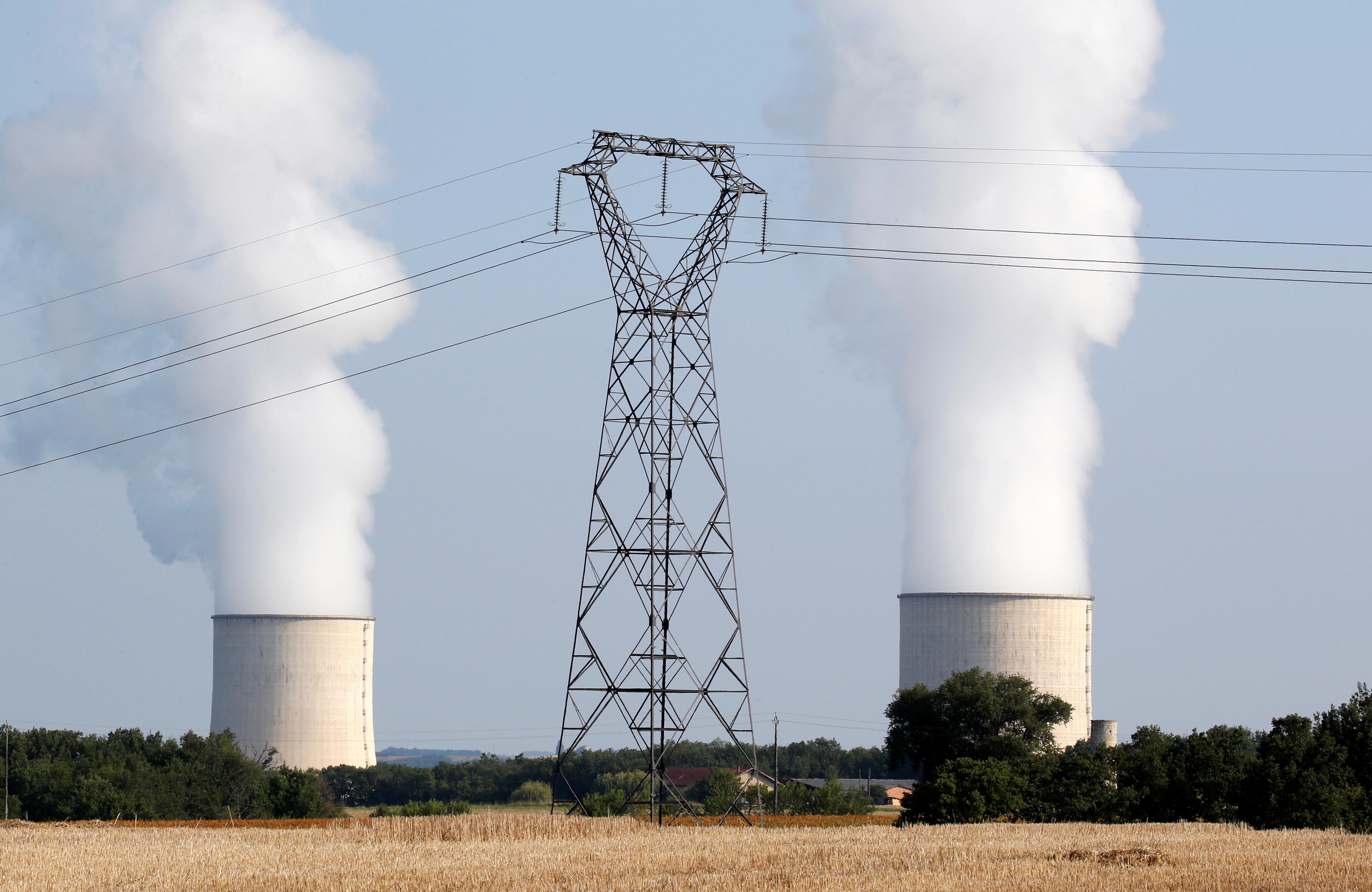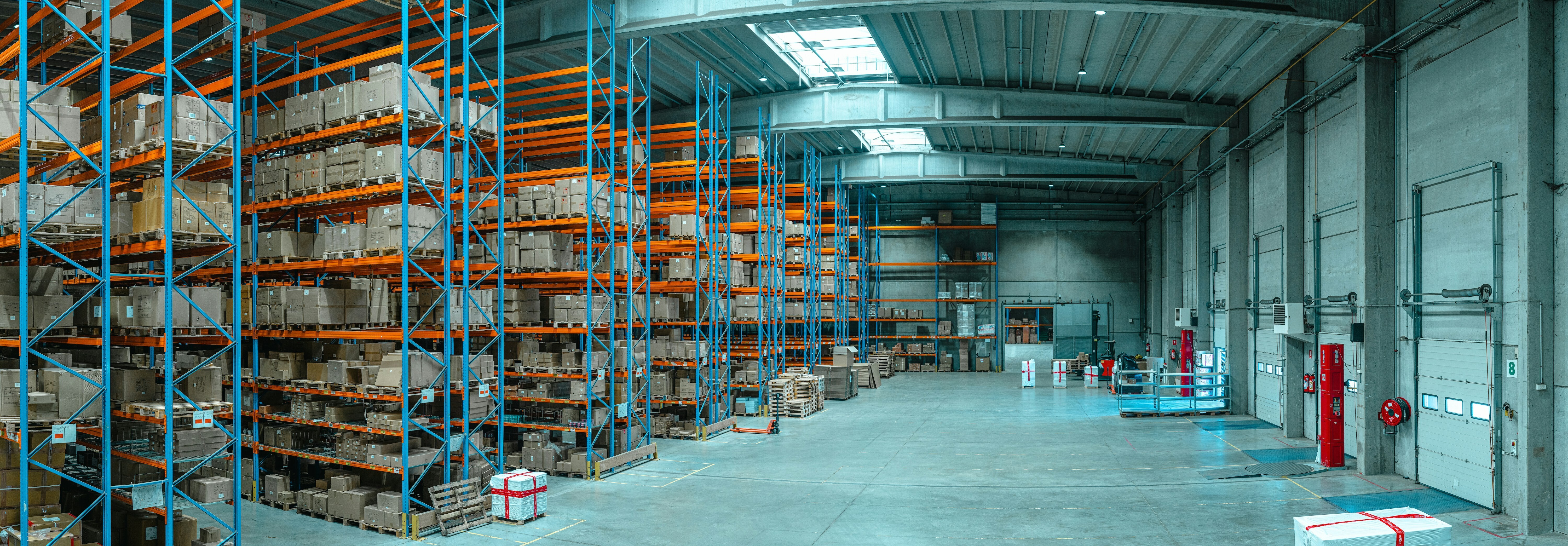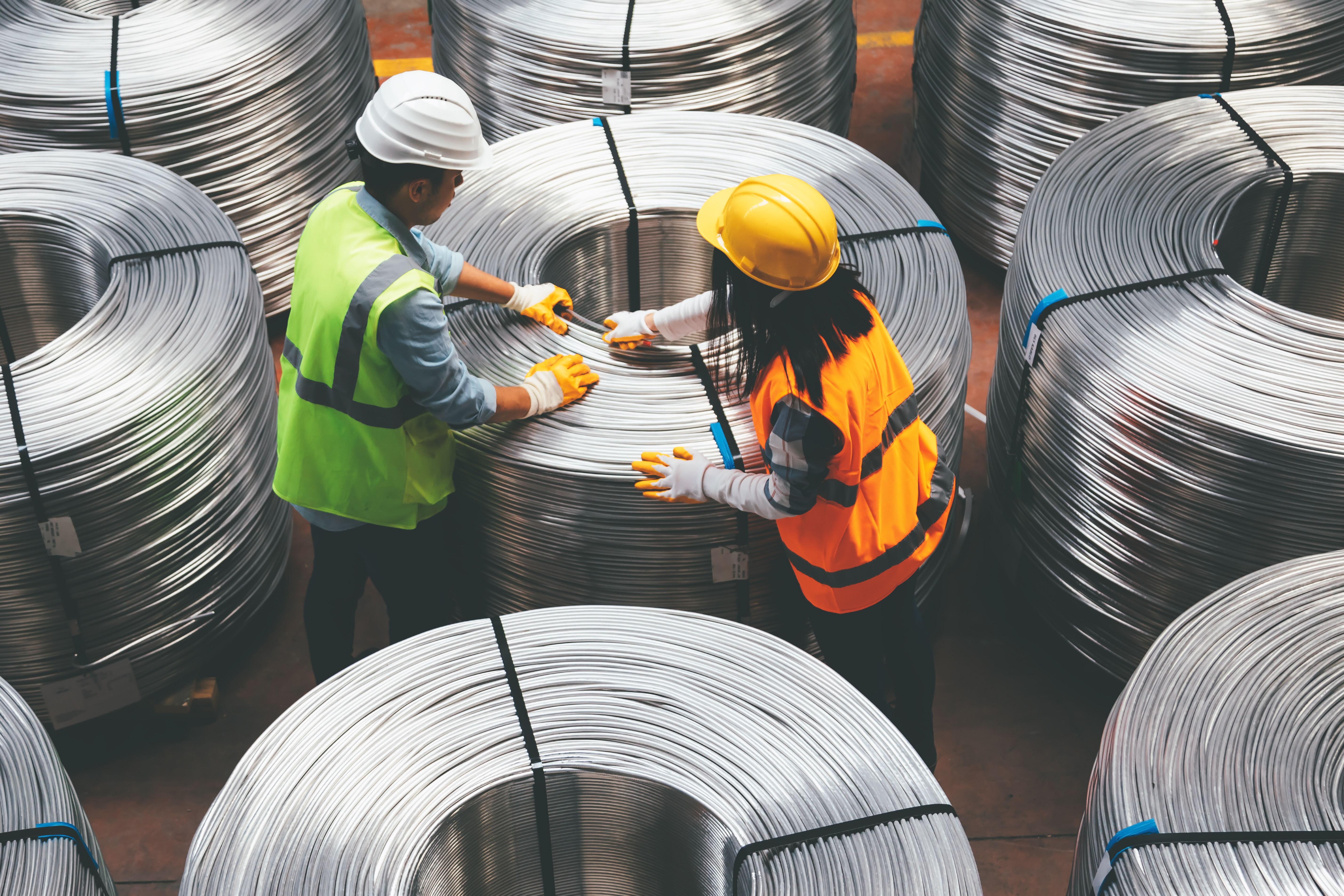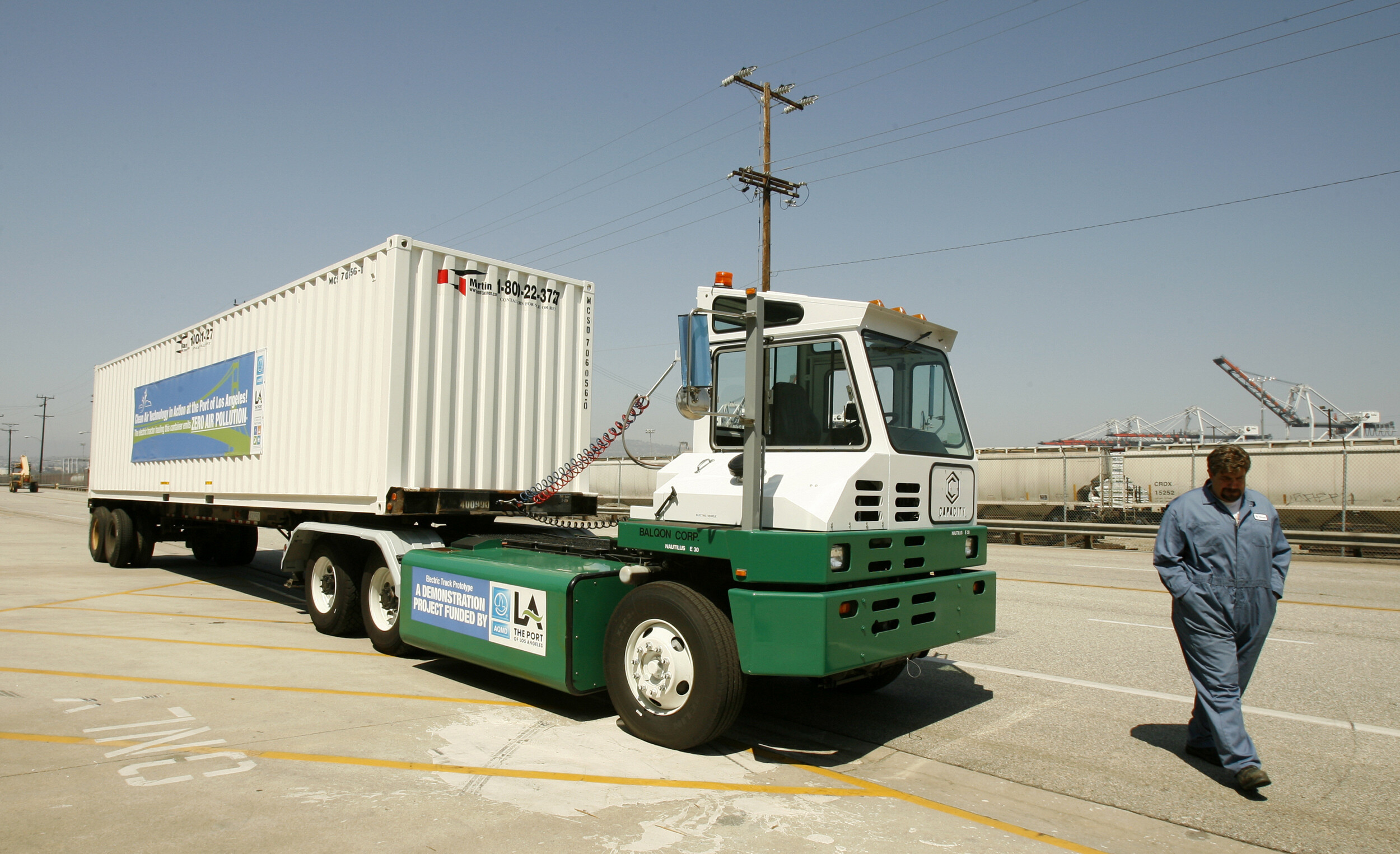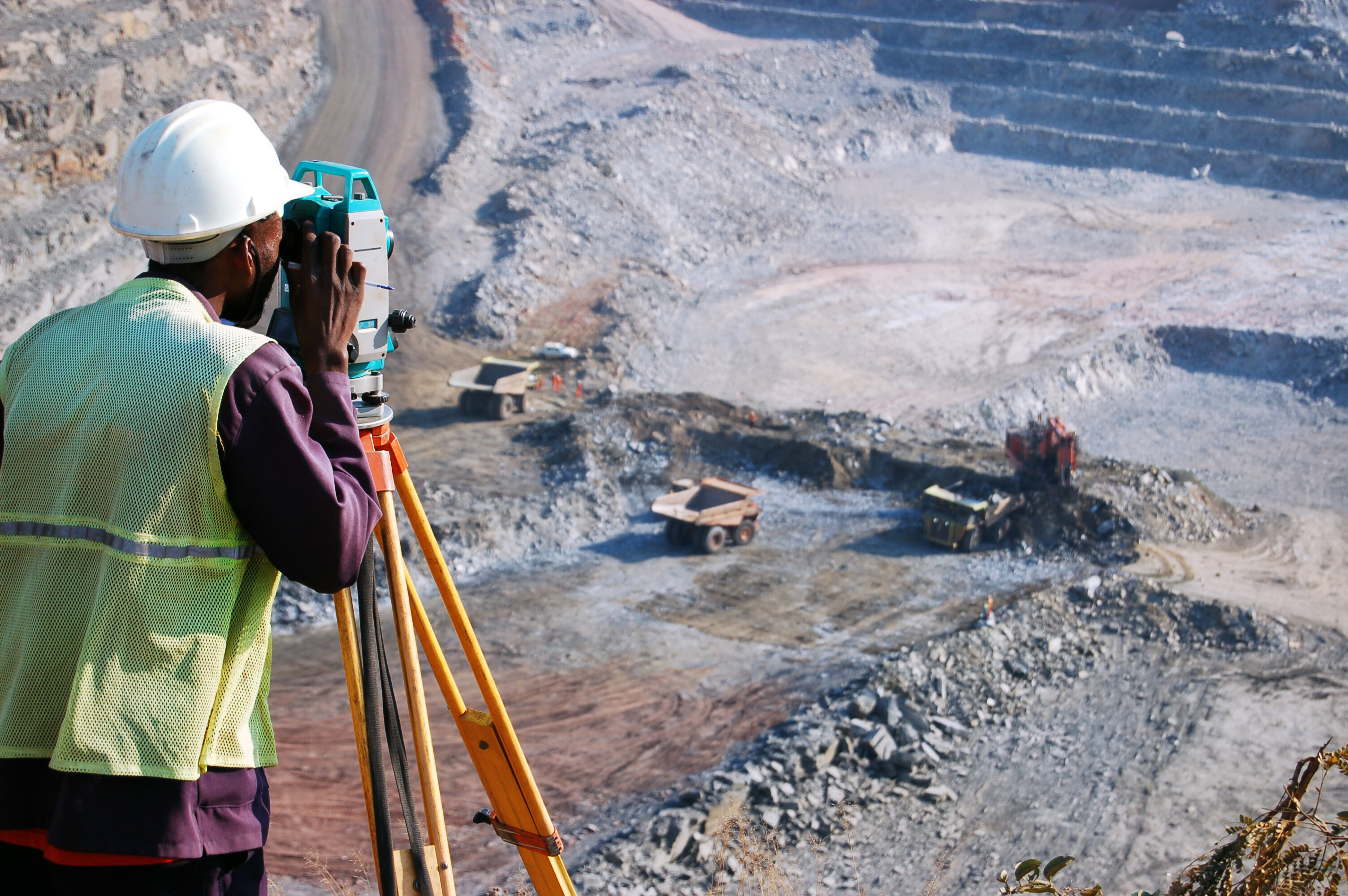From concept to competitive edge: what AI means for the future of road freight
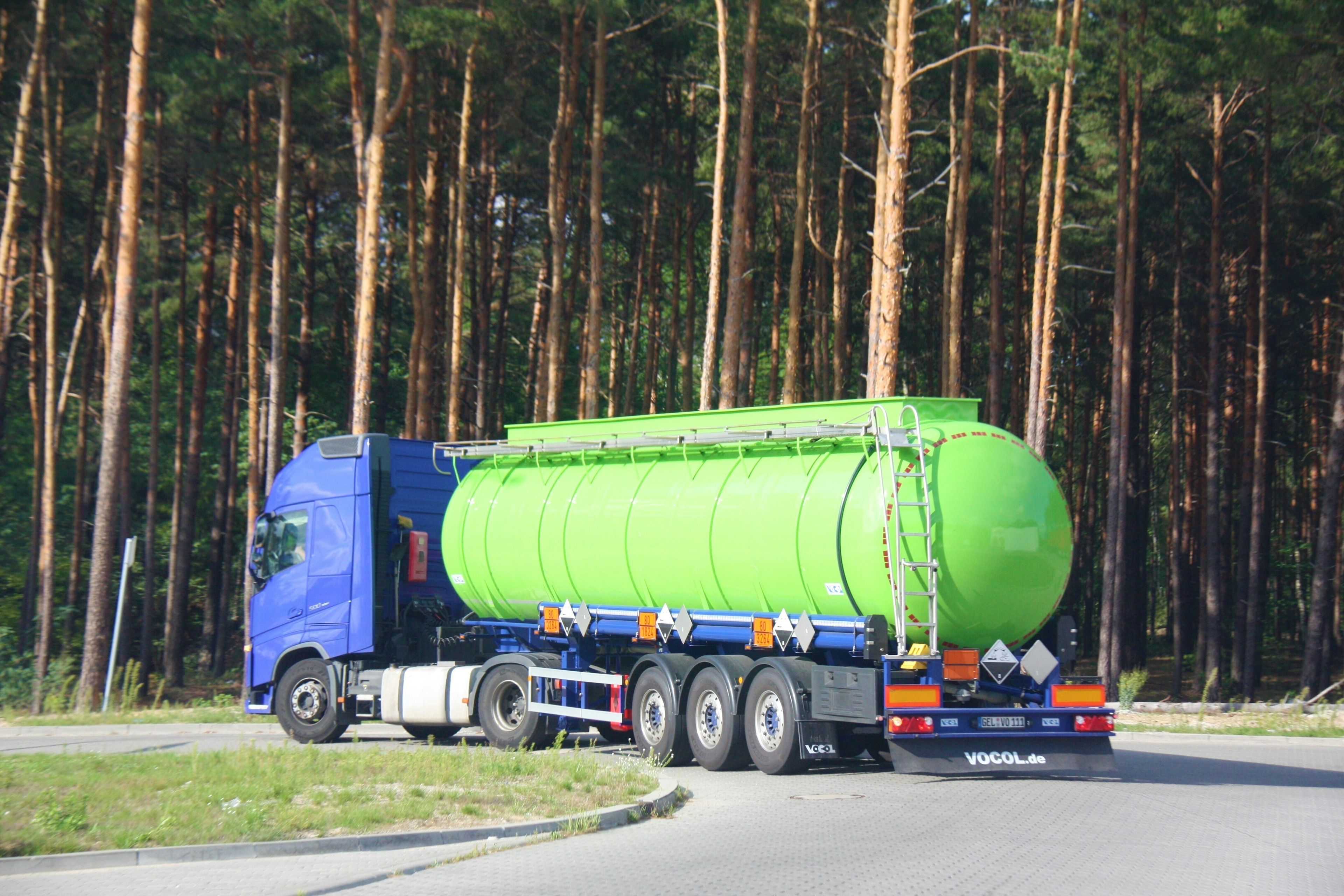
Can AI help road freight on its drive to net zero? Image: Maciej Kaliszewski/Unsplash
- The $4.6 trilion road freight market is poised for disruption, at scale.
- There is a clear need for technology to make road freight more sustainable.
- Those who embrace intelligent, AI-driven planning will reduce emissions and gain a competitive edge in cost and reliability.
In any industry, the introduction of new technology begins with a hypothesis, an idea of what could be possible. Then, to turn that possibility into reality, you often need proof of concept. How can the technology be applied to real-world operations? What real problems does it solve? Can it scale? And, ultimately, new solutions and technology need to clearly showcase a strong and future-proof business case. Belief comes before proof.
The rapid eruption of AI technology is reshaping every sector it touches, expanding the horizons of what is possible. Road freight is no exception.
Less than ten years ago, zero-emission technology was in its infancy, with the idea of a fully electric system seemingly implausible. Yet, now in 2025, the $4.6 trilion road freight market is poised for disruption, at scale. Unit economics are improving, customers are demanding more sustainable operations that are cost-effective and regulatory frameworks are adapting to accommodate new solutions.
Still one debate has lingered: how do we implement this new technology and swap out legacy diesel vehicles? Do we swap out one-to-one or reimagine the system entirely? At the heart of this debate lies the metric of total cost of ownership. It is here that the industry has struggled to find parity with diesel and debate the best approach. That is, until now.
How is the World Economic Forum promoting sustainable and inclusive mobility systems?
Moving freight forward from the ground up
There is a clear need for technology to make road freight more sustainable. Global road freight is responsible for 8% of global CO2 emissions, and, according to Einride's calculations, that figure risks surpassing 10% by 2030 if current trends continue. New technology can create the impact needed in one of the hardest-to-abate industries, with electric operations being at the forefront of the transition to zero-emission technologies. Electric freight operations can reduce CO2e emissions by up to 95% – this figure is based on Einride calculations of operational emissions.
The industry’s default approach has been to electrify through a one-to-one replacement method, where the diesel truck is directly replaced with an electric one, without changing the underlying logistics. But, when looking at legacy industries, a more fundamental shift is required.
This piecemeal approach can work for smaller volumes, but breaks down under pressure and scale. Factors, such as vehicle range and charging times, and unknowns, such as traffic or weather, compound at a fleet level, making it difficult to scale sustainably and cost-effectively. And, the next step in implementing zero-emission freight is scaling, effectively and sustainably. There had never been a way to quantify the impact of system-level planning, until now. At Einride, we’re convinced that there is a way to overcome these constraints and enable smarter, more dynamic electrification – with AI-powered planning.
Planning AI: The missing link in freight transformation
To validate our system-level approach, the team at Einride partnered with research institute Fraunhofer ISI to conduct a study based on operational freight data. Analyzing over 38,000 shipments from grocery retailer (and Einride client) REWE, across 200 trucks and 500 delivery locations, the study compares two electrification strategies:
1. One-to-one replacement
Directly substituting diesel trucks with electric ones, while maintaining existing routes and delivery assignments.
2. AI-driven system-level planning
Utilizing advanced optimization methods to dynamically replan routes, vehicle roles and charging schedules at the fleet level.
At this point, it might not come as a surprise that the results were clearly favourable with a fleet-level, AI-driven strategy over the traditional one-to-one replacement:
• Enhanced electrification rates: Under the AI-driven, system-level planning strategy, BETs (battery electric trucks) managed 85% of the total payload, compared to 57% with the one-to-one replacement approach. Electrified tonne-kilometres more than doubled, from 26% to 55%.
• Significant cost reductions: Replanned fleets experienced up to a 13% reduction in total cost of ownership, compared to diesel-only fleets. In contrast, the one-to-one replacement strategy yielded only a 3% total cost of ownership reduction and is also an approach that is still highly reliant on subsidies.
• Optimized utilization and charging: AI planning improved vehicle deployment and charging schedules, reducing the need for extensive infrastructure investments by prioritizing operational intelligence over hardware expansion.
At the core of these results is Einride Planning AI, an advanced AI application built into Einride’s software platform. It combines constraint-solving techniques, real-world freight data and years of operational experience to continuously generate and refine optimal fleet plans. Unlike conventional route-first methods, Planning AI dynamically accounts for vehicle capabilities, charging needs, delivery constraints and energy costs across the entire fleet. This leads to smarter assignments, lower total cost of ownership and higher electrification at scale.
The road ahead
This study is the first to provide evidence as to how electric operations can be scaled effectively at a lower total cost of ownership than diesel. Electrification is not solely a technological shift; it is an operational transformation too. Achieving sustainable, cost-effective freight operations requires more than hardware; it requires system-level thinking, digital intelligence and, ultimately, a willingness to challenge outdated assumptions.
Those who embrace intelligent, AI-driven planning will reduce emissions and gain a competitive edge in cost and reliability. Success should no longer be evaluated on a set number of new-technology vehicles deployed, but rather, by how intelligently they are integrated into the system.
The freight revolution is underway. The question now is not if we adopt new technology, but how boldly we choose to do so.
Don't miss any update on this topic
Create a free account and access your personalized content collection with our latest publications and analyses.
License and Republishing
World Economic Forum articles may be republished in accordance with the Creative Commons Attribution-NonCommercial-NoDerivatives 4.0 International Public License, and in accordance with our Terms of Use.
The views expressed in this article are those of the author alone and not the World Economic Forum.
Stay up to date:
Mobility
Related topics:
Forum Stories newsletter
Bringing you weekly curated insights and analysis on the global issues that matter.
More on Supply Chains and TransportationSee all
Irene Varoli and Filippos Kaponis
December 18, 2025
